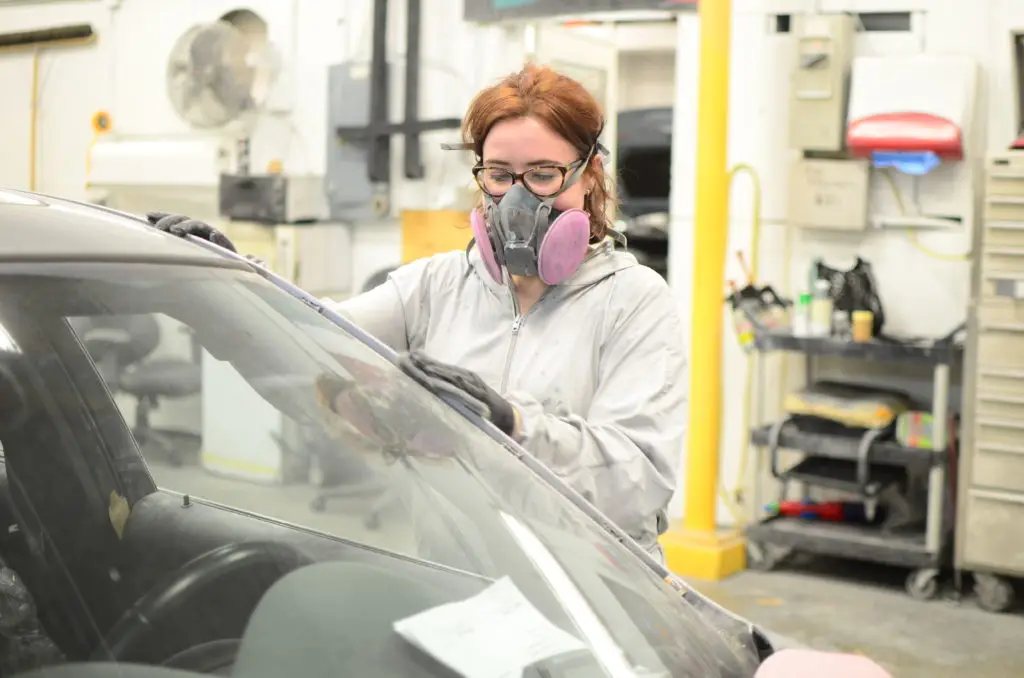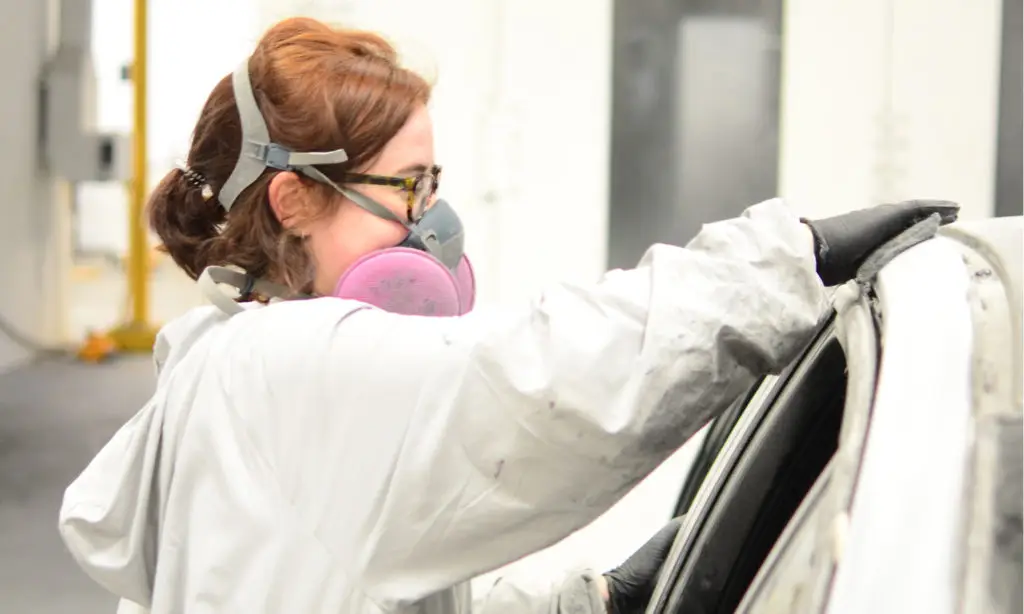If I were to ask you that, what would you say, and how does it feel to say it?
by Kiara Reissner
What do you do? This is a common question at social gatherings. On the surface, it is a harmless question, just another conversation starter. But on another level, you feel like there’s some sort of judgment involved. How important are you? How successful are you? How useful are you? Defining your character based simply on what you do for a living.
Four years ago, I dreaded being asked that question. I was in my second year of university, doing my Bachelor in English and History, with the goal of becoming a teacher. But something wasn’t right. I didn’t feel like I was making the best use of myself. I was heading farther and farther down a path I wasn’t sure about. I thought this was where I wanted to be, but it didn’t feel like I had imagined. I didn’t know what I wanted to do, but in that moment I knew it was no longer this.
Unwilling to put any more time or energy into something I knew was not for me, I left school. When someone asked me, “what do you do?” I had to say I was taking a break to figure things out. It was in that moment I felt completely lost.
“The more I watched, and the more questions I asked, the more excited I got.”
It was during this time that I started working at my uncle’s auto body shop again. I had previously worked there while I was in high school as an after school job. I would help in the office, doing clerical work and talking to customers but this time I needed a full-time position. They had an opening for shop clean up and detailing, so I took it.

When I worked in the office, I had observed the cars coming in and going out. All the stuff that happed between was a mystery to me. Despite a large number of my family members working in the automotive industry, I knew nothing about cars. What seemed so simple for them was so hard for me to understand. But I was up for the challenge.
I had been working in the shop for about a year when I first felt the spark of passion for automotive refinishing. I got an opportunity to work with one of the painters one-on-one. He was doing a complete paint job on a motorcycle and he needed some extra help, so he asked me to come into the shop on a weekend.
This was one of the first times that I was able to work on a job from start to finish. The process of reshaping panels, mixing colour, or painting all the parts and having them come out perfect gave me immediate satisfaction. I enjoyed the reward you get from your work when it comes out of the booth at the end of a bake cycle. We had taken something that was so beat up and made it look good again. It left a lasting impression on me.
The more I watched, and the more questions I asked, the more excited I got. My interest in vehicles was growing. But for me, it isn’t just about cars, it is art to be able to make something look as it had originally, or better—it is about getting to be creative every day.
I knew I was enjoying the work, but there was more to it than the day-to-day satisfaction that I needed from a job. I started researching training, career outlook, and what kind of living standards I could expect from a career in refinishing.
Most of the guys I worked with had families, so I knew I could have a work-life balance. It would be a reasonable time to complete the schooling: two programs, totalling three years. Upon completion, I would be a Red Seal certified painter. The tuition was also reasonable. I estimated the total cost to be roughly $4,000—equivalent to just one semester at a traditional university!
Now I look forward to every day in my career.”
In addition, the Industry Training Authority (ITA) in British Columbia offers grants while you are an apprentice, and upon completion. The apprenticeship program allows you to learn on the job. You gain experience first-hand instead of just in a classroom. I determined I would finish with the skills and knowledge I needed in order to get a job.
It is a good living. Automotive refinishers can make between $23 and $30 dollars per hour. The industry’s use of a flat rate pay system also means that the faster and more efficiently you work, the more you can earn. The more research I did, the better automotive refinishing looked to me. So, I decided that I would become an automotive painter.
I started my apprenticeship not long after I made the decision. I worked on attaining my work experience hours for a year before I left my family’s shop in central B.C. to move to Vancouver. I signed up for the foundational refinishing prep technician course at Vancouver Community College. And this time, when I was at school, it was different. Attending school and engaging with learning again made me sure that I had made the right choice to leave university three years earlier.
I achieved my certification and am now employed at Richmond Auto Body, where I am an automotive refinishing apprentice. I work on the surfaces of motor vehicles, mostly restoring finishes after bodywork repairs have been done. Some of my duties include matching and mixing colour, preparing metal surfaces for painting by spot filling, sanding, masking, and applying primer, colour coats, and clear coat.
Now I look forward to every day in my career. I have just over a year of my apprenticeship left, but I know there will always be new things to learn. Once I finish my Red Seal, I would like to move into custom work and explore the more artistic side of refinishing.
What do you do? This is no longer a question I dread. It is a question I can be proud to reply to: I am an automotive refinishing apprentice.

